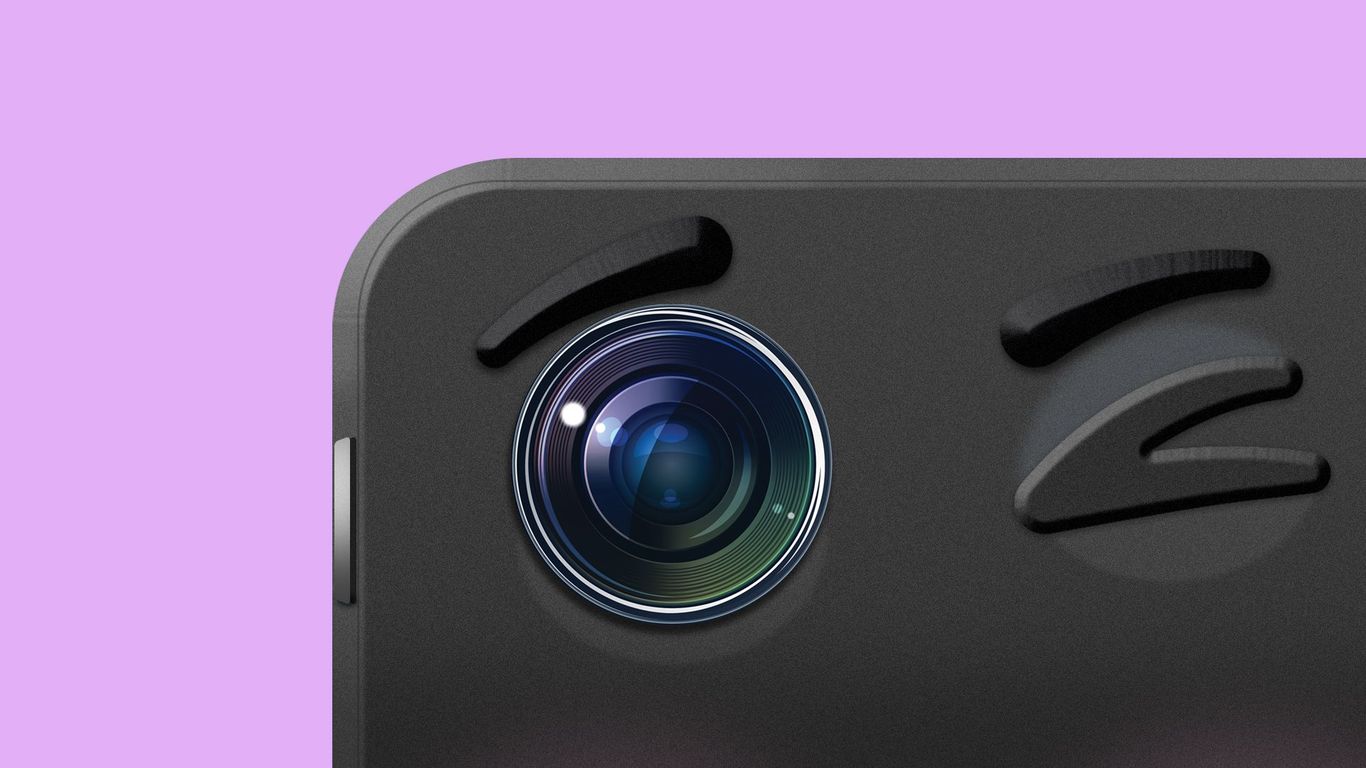
For years, the smartphone has been the most convenient camera, and in recent years it has also become the easiest and most versatile camera. But this year's high-end smartphones have taken things to a new level — capturing images that would be either tough or impossible even with a high-end digital camera.
Between the lines: Traditional cameras have the advantage of bigger sensors and better lenses, but smartphone cameras are rivaling and even surpassing them by tapping computational power.
Driving the news:
- The iPhone 13 Pro is in many ways just an incremental upgrade to last year's iPhone 12. But on the photography side the improvements are noticeable — extra zoom and macro capabilities as well as just better overall image capture. (Here are some examples.)
- Google's Pixel 6 and Pixel 6 Pro promise their own jaw-dropping tricks, including the ability to capture long exposures without a tripod as well as to add motion to an otherwise dull scene. An editing feature "smart eraser" even lets you remove the person or backpack that got in the way of that otherwise gorgeous photo.
- Like Snapchat, Google has also been working to undo the racist legacy of photography by tuning the camera to better capture a wide range of skin tones.
The big picture: The camera is one of the key features that drives smartphone purchases. As a result, device makers have been investing a lot of their energy there.
- One form this has taken is the addition of multiple lenses on the rear of the camera, offering a bit of zoom or an extra-wide angle.
- But the real advances have been in what smartphones can do with the images they capture. By passing data from multiple lenses and mutiple exposures through their high-end proccessors, today's phones can create stunning portraits, freeze fast-moving action, make sunsets and fireworks a snap — and even change the focus after a portrait is taken.
- Indeed, the low-light capture has gotten so good that smartphones can take pictures that make night seem like day or illuminate a an almost dark room.
Yes, but: Professionals aren't throwing away their cameras just yet. There are still things that a smartphone camera can't do that well. Zooming in on a distant subject is one of those.
- If I really want to capture a moment, I will bring both the latest smartphone and my Canon DSLR. At the Olympics, for example, the phone was great at capturing wide shots, while the Canon and a big zoom lens were key for getting in close on the action.
- The same goes for Harvey's soccer games, although neither the smartphone nor the Canon seems to be able to help his team's lackluster offense.
The bottom line: Today's high-end smartphones are expensive, with some models topping out at more than $1,000. But at least for that price you are getting not just a pocket computer and communicator but also one of the world's best cameras.
"Smartphone" - Google News
October 22, 2021 at 05:00PM
https://ift.tt/3nk83bv
How smartphone cameras became the best cameras - Axios
"Smartphone" - Google News
https://ift.tt/2QXWyGT
https://ift.tt/2KSW0PQ
Bagikan Berita Ini














0 Response to "How smartphone cameras became the best cameras - Axios"
Post a Comment